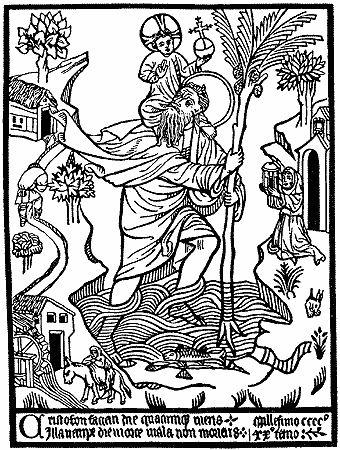The late David Watkin - Oscar-winning Cinematographer - reminisced about his time filming Care of St. Christophers. www.davidwatkin.co.uk
"Happily I was now able in small measure to repay some of my debt to Jimmy Ritchie. The next film for me after THE ENGLAND OF ELIZABETH was his first picture as a director, and it turned out to be a very charming one. It was about a railway orphanage in Derby run by a lady who reminded you of Margaret Rutherford. She truly understood us all, children and grown-ups alike, and loved the children as they did her. I had never found myself in such a happy place and when I said so to Jim it must have stayed in his mind because THE HAPPY PLACE became the working title (though it finished up as CARE OF St CHRISTOPHER’S). She encouraged the children to keep their own pets,”It’s very good for them to manage things entirely on their own and I try never to interfere. There was a boy who kept pigeons, a bright nice boy. After a time he started to sell them to people outside – nothing wrong in that at all but then they started to come back – pigeons do you see, and then he would sell them again. I thought well if people are foolish enough …. but in the end I had to put a stop to it.”
Every evening we took the children up to bed. They would take a flying leap into your arms to be carried to the dormitory. The confidence and love they poured out was such a gift to the spirit, but it was also heartbreaking – especially as I knew it was the only time it would ever happen to me. Frank Brice used to call her Mrs Fizackerly. I don’t know her real name but she was a great woman. She had an inimitable voice, but of course that couldn’t be allowed, and it is the usual numbing voice-over that is on the film. The film ends with a superbly lit corridor shot.
David responded enthusiastically to the anarchic and unpredictable nature of children, encouraging their freedom of spirit, and something of this can be sensed in CARE OF ST.CHRISTOPHERS, beginning with waking in the dormitory and going off to school, through to night time ablutions. No solemn moments are allowed as parents cuddle and lark in the grounds of the House. The film stresses the nature of the family at St.Christopher’s, how each child has his/her own talents and problems. It is a compelling moment when the younger of two brothers spots the camera on him. What a Grandparent David would have made, and how poignant his reflections on how this would never be.
